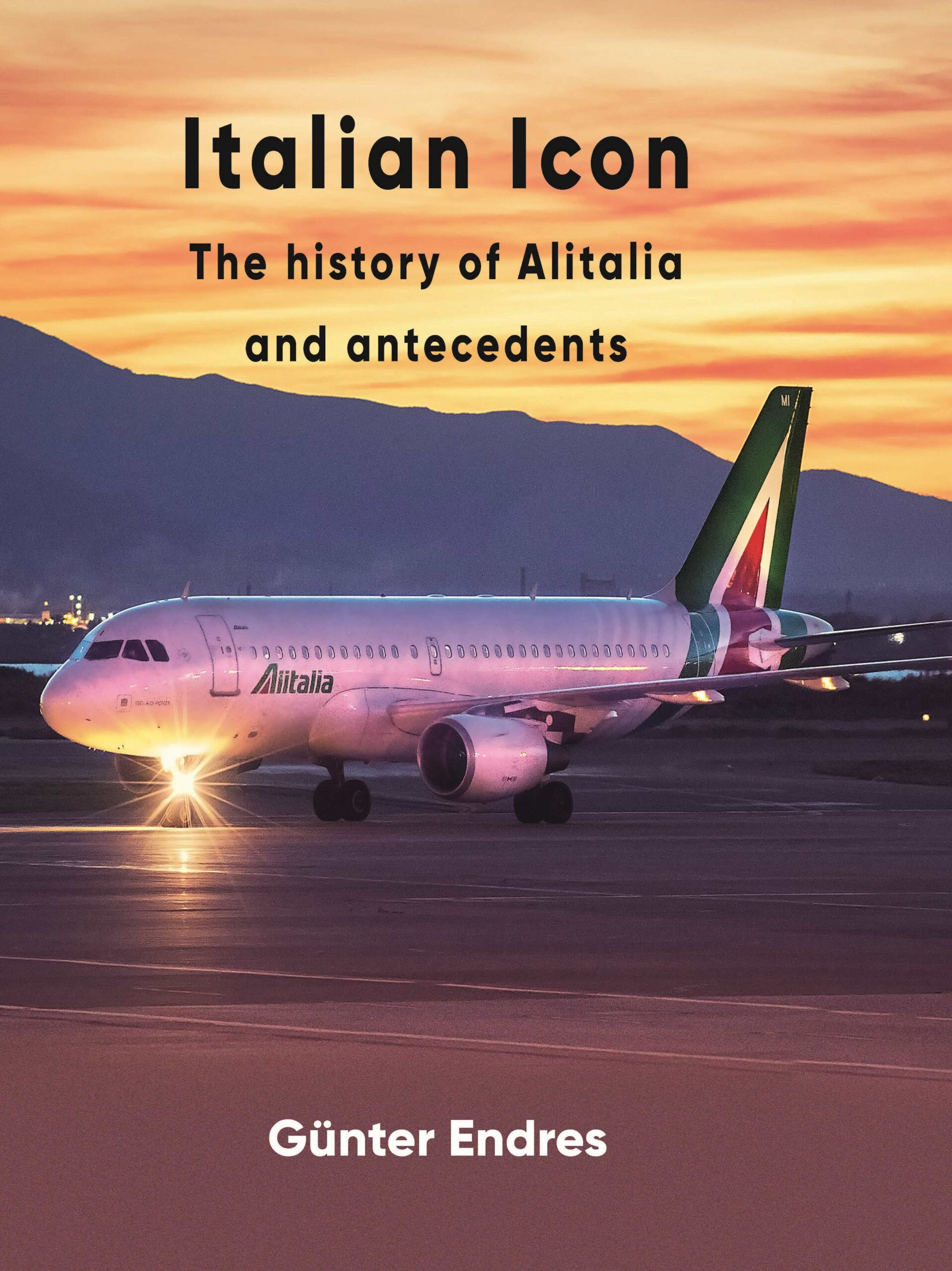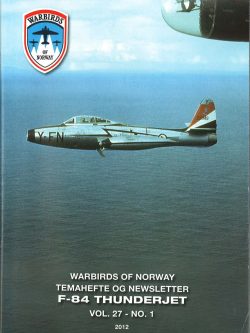Politics has shaped Italy’s air transport development in the inter-war years with the rise of Benito Mussolini’s Partido Nazionale Fascista (National Fascist Party) essentially controlling development. Although several airlines began operations in 1926, these were soon amalgamated into a single government airline, Ala Littoria, in 1934, conceived as Mussolini’s showcase of the new Italy and to serve his short-lived colonial expansion around the Mediterranean and the Red Sea. Only Avio Linee Italiane (ALI), controlled by the powerful Fiat empire, refused to be swallowed up and retained its independence. After 1945, Alitalia and Linee Aeree Italiane (LAI) became the two main airlines until a forced merger in 1957 left Alitalia the sole flag-carrier. After a relatively measured start in 1946 and the ‘golden age’ of the 1950s and 1960s, the state-owned airline staggered from crisis to crisis through state interference, mismanagement, a bloated workforce, powerful unions and failed partnerships, which led to its eventual demise in 2021.
The book details all the airlines that preceded Alitalia with complete photographic coverage and fleet lists, and goes on to examine in detail Alitalia’s vicissitudes, again with full photographic coverage, fleet lists, and more.






